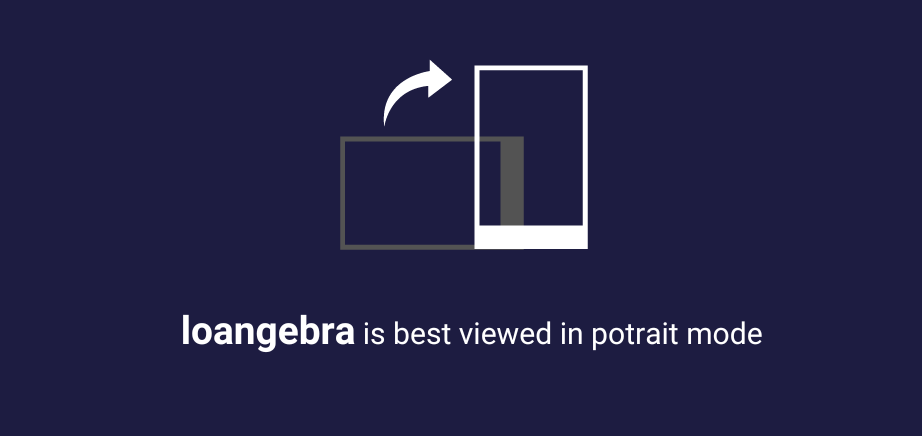ROI Trend
Interest Rate Trend
The primary trend in the interest rate cycle appears to be downwards over the last 10 years. RBI’s REPO has been lowered from 8% to 6.5% from Jan 2014 to Jan of 2024.
Factors affecting the REPO rate movement
The two key factors affecting the REPO rate movement are
1) Inflation
2) GDP Growth rate
Inflation – Higher the inflation, higher will be the REPO rate to cool it down and vice versa.
GDP Growth Rate – Higher GDP growth will lead to higher confidence among people and they tend to borrow and buy more which in turn leads to inflation. This scenario again forces the Reserve Bank of India(RBI) to increase the REPO rate to cool down the inflation.
The Reserve Bank of India (RBI) has to strike a fine balance between the two. The RBI Monetary Policy Committee reviews the inflation and growth parameters every two months and decide on the REPO rate accordingly.
Cost of Capital being higher in India:
Even after the REPO rate reductions that has happened in the last 10 years the cost of capital in India is still higher than most of the developed world. Home Loan rates in India hover around 8.5% compared to near zero in Europe and Japan and 3 to 4% range in US and Australia. Imagine what such rates could do to a credit hungry country like India with a large population.
Chances of trend continuation or reversal?
Well, it’s really difficult to forecast the trend in interest rates considering the fact that there are too many variables affecting the growth & inflation levels in the country. The variables that might affect them are government policies, agricultural production, monsoon, supply chain/logistics, crude price, politics, geo politics etc.
However, we at loangebra wish that the interest rates in India continues to drift lower.


 Login
Login Sign Up
Sign Up